The US dollar is showing signs of weakness as financial markets react to a growing mix of political pressure and shifting expectations around Federal Reserve interest rate policy. With the 2024 presidential election season heating up and the central bank signaling a possible change in monetary stance, global investors are watching the greenback closely—and the consequences could ripple far beyond the United States.
Political Noise Shakes Market Confidence
One of the key drivers behind the dollar’s recent decline is increasing political uncertainty. Comments from former President Donald Trump regarding Federal Reserve Chair Jerome Powell have raised concerns over the future independence of the central bank. Trump has been openly critical of Powell’s leadership and suggested he would replace him if re-elected. These statements have sparked fears among investors that the Fed could come under political influence, a move that could erode market trust and create volatility in currency markets.
Fed Rate Cuts Back on the Table?
Adding to the dollar’s decline are growing expectations that the Federal Reserve may cut interest rates sooner than anticipated. Economic data continues to show signs of slowing inflation and weakening job growth—conditions that could justify a more dovish approach from the central bank.
If the Fed does move toward rate cuts, the dollar could face further pressure. Lower interest rates tend to reduce foreign demand for US assets, which in turn weakens the dollar. Currency traders and international investors are now pricing in a higher probability of a rate cut before the end of the year.
Global Impact of a Weaker Dollar
The decline of the US dollar isn’t just a domestic concern—it has global implications. A weaker dollar often leads to rising commodity prices, including oil and gold, which are typically priced in dollars. Emerging markets that rely on dollar-denominated debt may also experience relief, as the cost of repayment drops.
However, the flip side is that US imports become more expensive, potentially fueling inflation at home just as the Fed tries to cool price pressures. This complex dynamic makes the dollar’s movements a critical factor in both national and global economic planning.
Market Sentiment in Flux
Investor sentiment remains cautious, with many watching central bank speeches, economic indicators, and political developments closely. The interplay between policy uncertainty, interest rates, and currency strength is creating a highly reactive market environment where even small shifts in tone can trigger major financial moves.
In this context, the dollar’s recent slide serves as a warning sign. It highlights how economic fundamentals, political rhetoric, and central bank actions are increasingly intertwined—and how quickly that balance can shift.

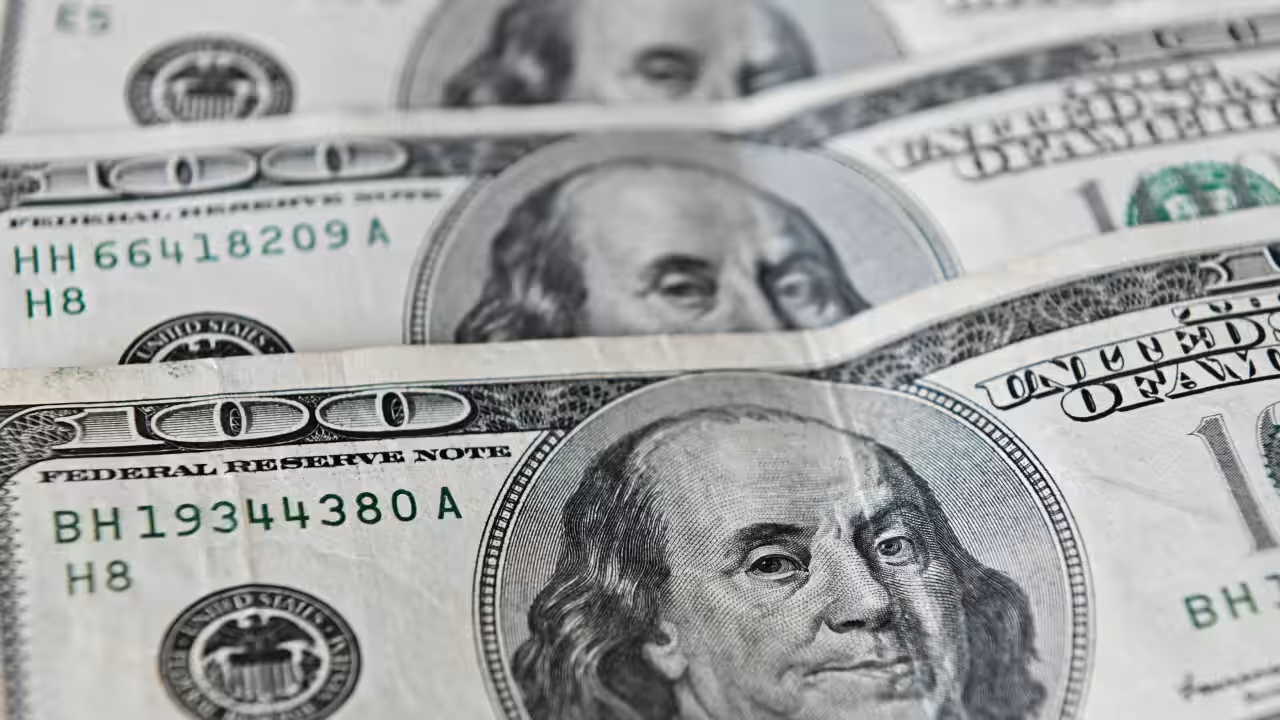


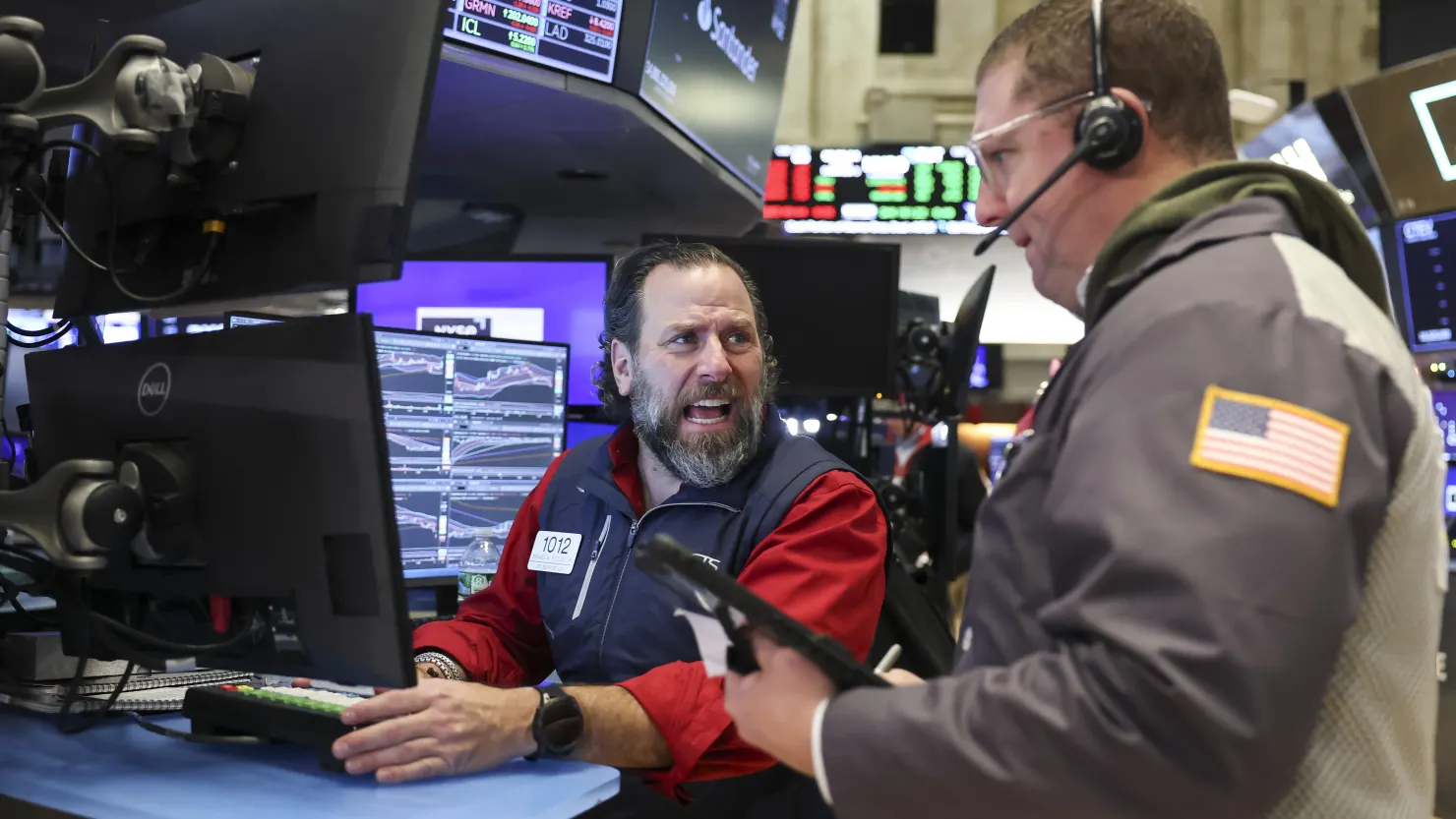

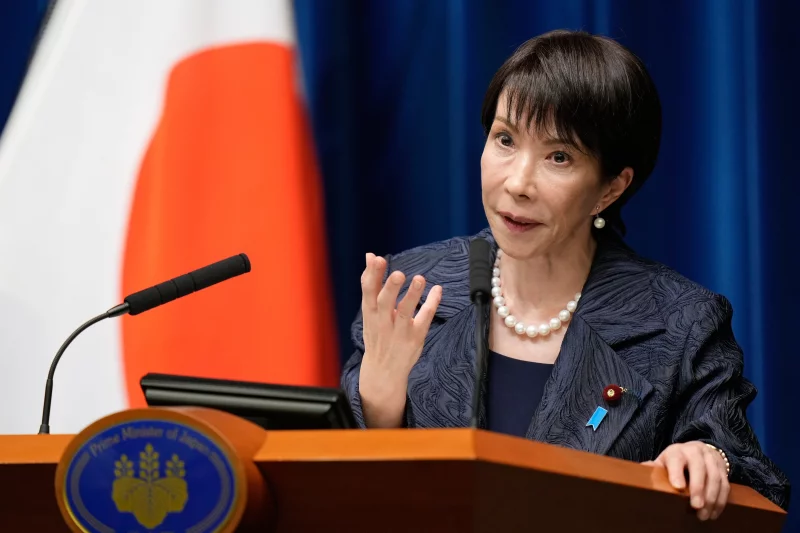

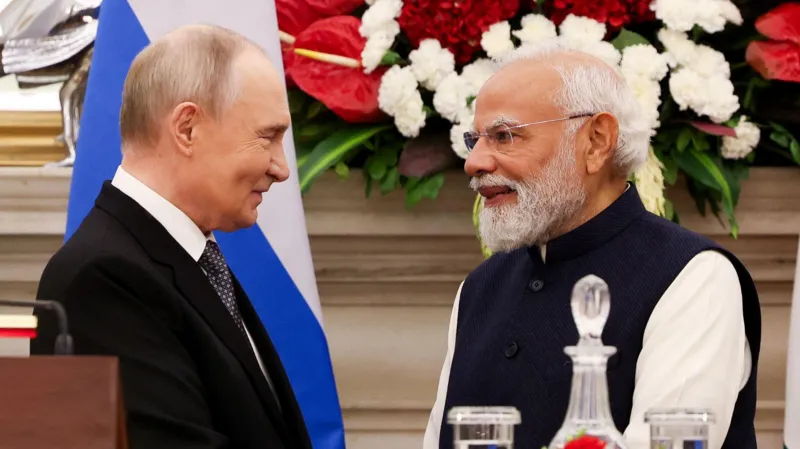
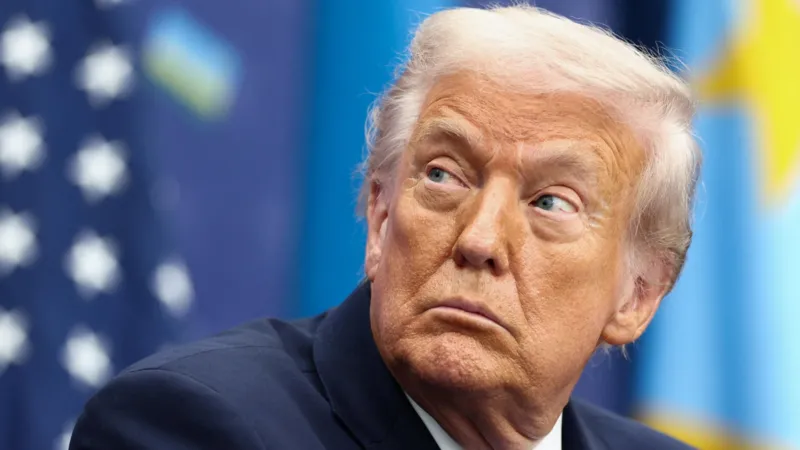
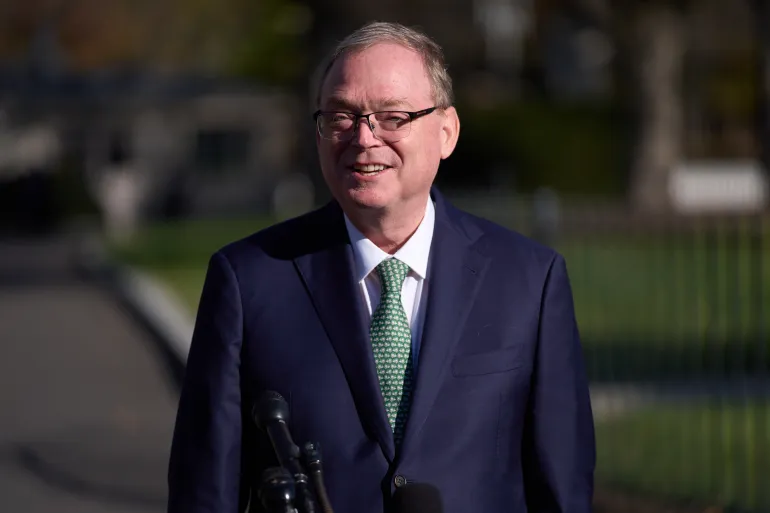
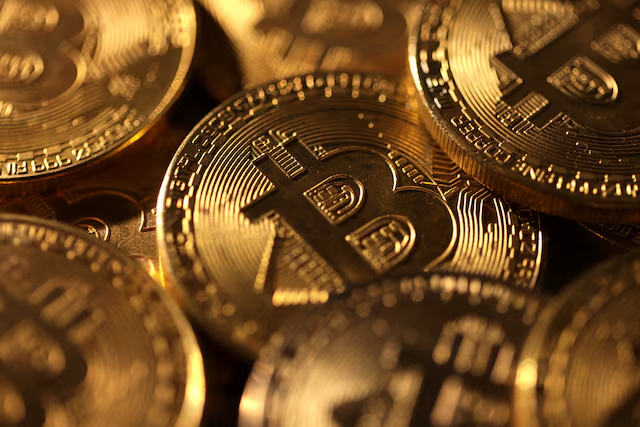
Leave a Reply